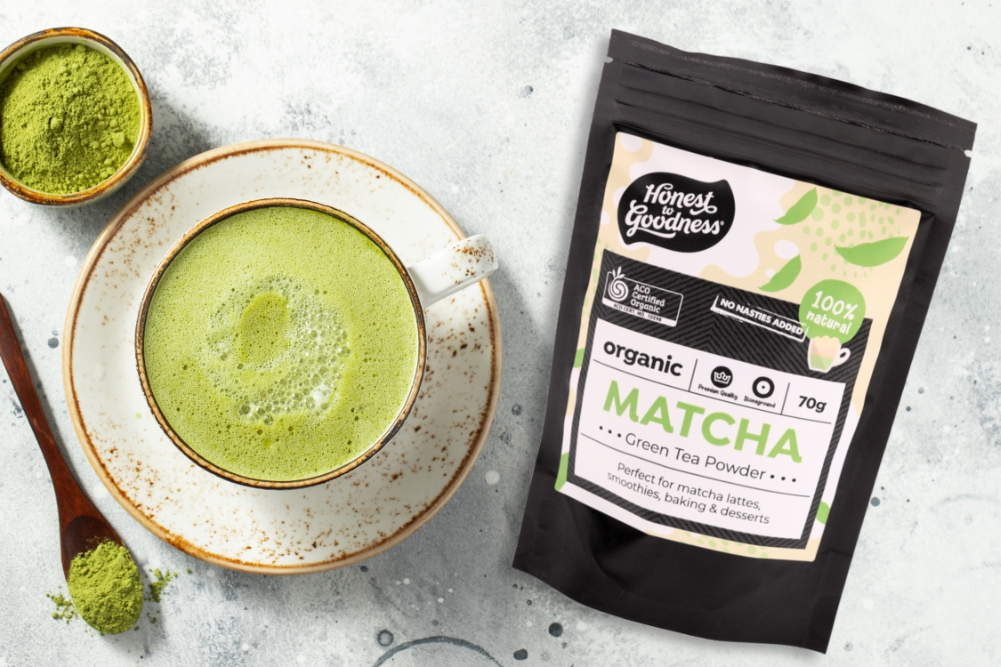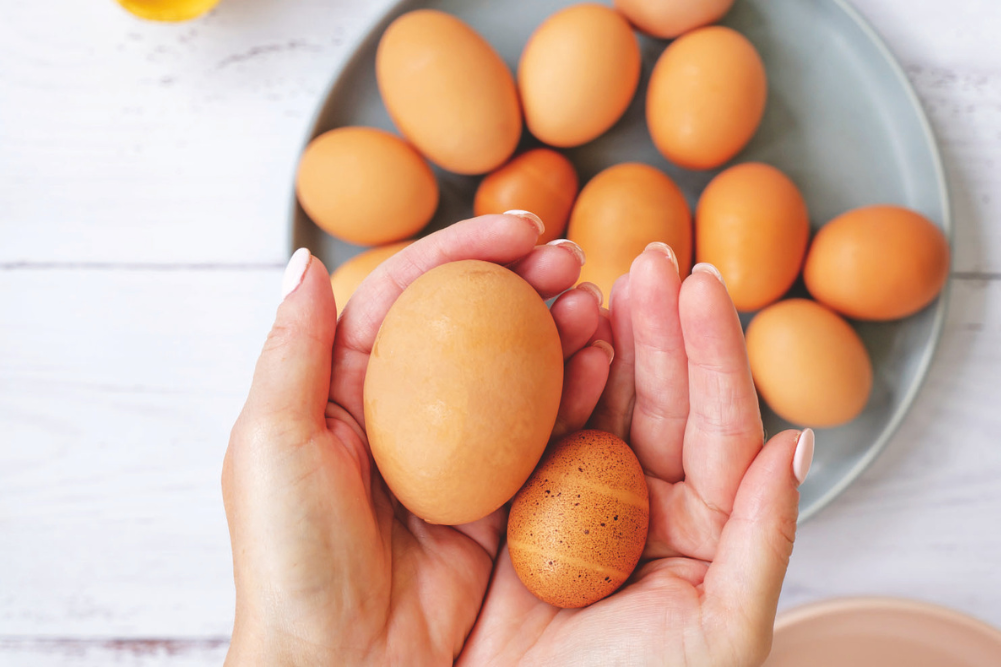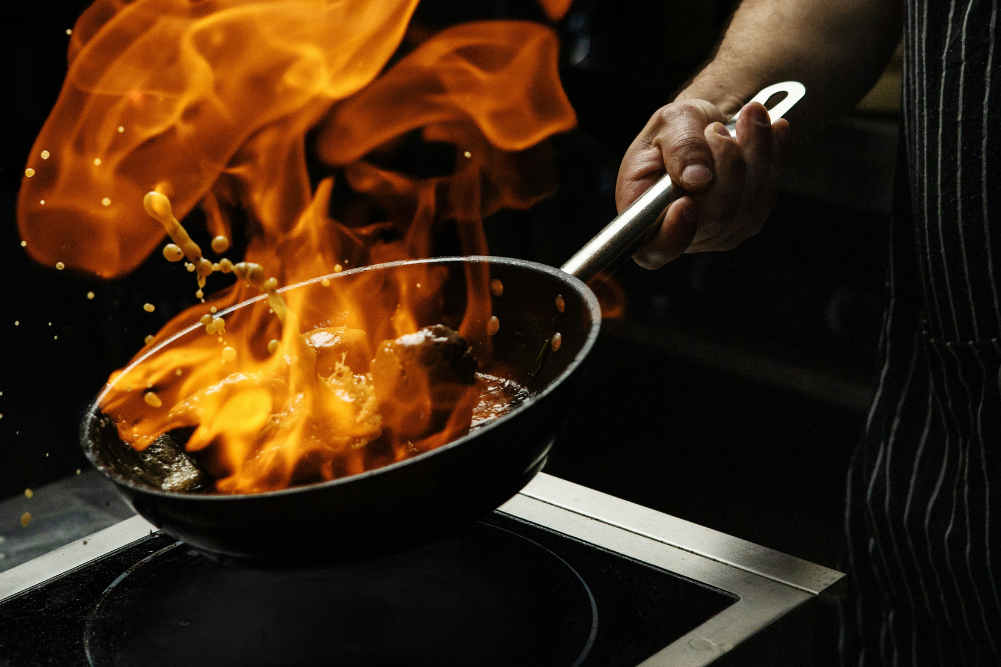Pan-Fried John Dory with Caponata
Pan-Fried John Dory with Caponata
Their true identity might surprise you, as capers are preserved flower buds.
Servings
4
Prep time
Cook time
Recipe
Healthy,Gluten Free
Ingredients
- 3 tbsp ghee
- 1 red onion, chopped
- ½ fennel bulb, chopped
- 1 small eggplant, chopped
- 2 celery stalks, sliced
- 1 tbsp tomato paste
- 50g capers
- 50g raisins, soaked in 50mL red-wine vinegar for 1 hour & drained
- 25g pine nuts, toasted
- ½ red capsicum, finely chopped
- Salt & freshly ground black pepper
- 4 John Dory fillets
- 100mL tamari soy sauce
- Juice & zest 2 oranges
- 1 tbsp honey
- 1 red chilli, finely chopped
Method
- For the caponata, heat 2 tbsp of ghee in a pan and fry the onion, fennel, eggplant and celery for 5 mins until softened. Add the tomato paste and fry for another 2 mins.
- Remove the mixture from the heat and place in a bowl. Add the capers, raisins, pine nuts, capsicum, salt and freshly ground black pepper. Mix together until well combined.
- Heat the remaining ghee in a sauté pan and place the dory skin side down in the hot pan. Fry over a medium heat for 2–3 mins on each side. Remove from heat and set aside.
- For the sauce, place tamari soy sauce, juice & orange zest, honey and chilli in a pan. Stir over a low heat until warmed through.
- To serve, divide the caponata between 4 plates. Place a piece of dory on each and cover with caponata sauce.
Tried this recipe? Mention @wellbeing_magazine or tag #wbrecipe!








